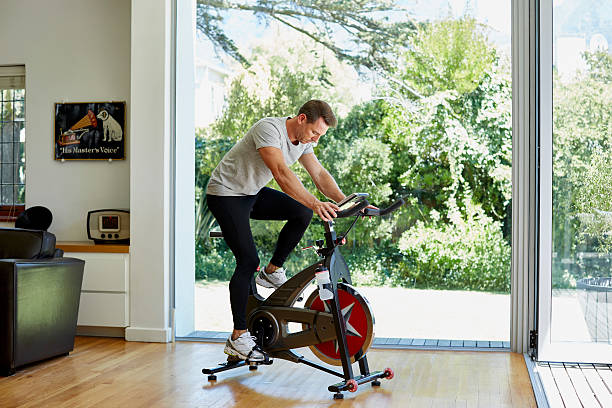The research report delivers a blend of quantitative and qualitative assessment, as well as first-hand information by industry analysts. It also includes inputs from industry participants and experts across the value chain. It not only offers home fitness equipment industry attractiveness as per segments, but also provides a complete picture of governing factors, macroeconomic indicators, and parent market trends.
Based on our analysis, the global market will exhibit a stellar growth of 25.1% in 2020 as compared to the average year-on-year growth during 2017-2019. The market is projected to grow from USD 10.73 billion in 2021 to USD 14.74 billion in 2028 at a CAGR of 4.6% in the 2021-2028 period
In November 2019, Technogym, a leading provider of equipment and digital technologies headquartered in Italy, introduced its new smart indoor exercise bike called Technogym Bike. It will help the company to compete with the best-seller Peloton model. The launch was supported by 1Rebel, a London-based boutique fitness studio. It rolled out Ride Live, a platform delivering unlimited access to stream spin classes with trainers on Technogym Bike in the gym or at home.
The increasing usage of fitness applications in smart devices is set to play a crucial role in contributing to the home fitness equipment market growth in the near future. These applications help in maintaining and improving personal fitness routines. The World Economic Forum, for instance, declared that in the first half of 2020, fitness apps showcased a rise of 50% usage. At the same time, the rising trend of attending online fitness sessions would accelerate the demand for home fitness equipment. However, the growing construction of commercial gymnasiums worldwide may obstruct their demand in the upcoming years. According to Run Repeat, in 2020, there were approximately 205,176 gyms in the world.
There are several types of home fitness equipment that you can use to get a workout in the comfort of your own home. Some popular options include:
- Treadmills: A treadmill is a machine that allows you to walk, run, or jog in place. They are a great option for cardiovascular exercise and can be adjusted for various levels of intensity.
- Ellipticals: An elliptical machine provides a low-impact workout for the legs, hips, and core, making it a great option for those with joint pain.
- Exercise Bikes: Exercise bikes are similar to stationary bicycles and are a great option for cardio workouts. They can also be adjusted for various levels of resistance.
- Dumbbells and Kettlebells: Dumbbells and kettlebells are versatile weights that can be used for a variety of strength-training exercises. They are available in a range of weights and sizes, making them suitable for all fitness levels.
- Resistance Bands: Resistance bands are a convenient and portable option for strength training. They can be used to target specific muscle groups and provide resistance through stretching.
- Medicine Balls: Medicine balls are heavy, weighted balls that can be used for a variety of exercises, including strength training and core stability work.
- Yoga Mats: Yoga mats provide a comfortable and non-slip surface for yoga and other floor exercises.
- Foam Rollers: Foam rollers are used for self-massage and stretching to help relieve muscle tightness and soreness.
- When choosing home fitness equipment, it’s important to consider your fitness goals, budget, and available space.
In the future, home fitness equipment is likely to continue to evolve and become even more advanced and user-friendly. Here are a few ways that this may happen:
- Smart Technology: Many home fitness equipment manufacturers are incorporating smart technology into their products, such as Bluetooth connectivity, mobile apps, and virtual personal trainers. This allows users to track their progress, set goals, and access personalized workouts.
- Virtual Reality: Virtual reality (VR) and augmented reality (AR) are becoming more prevalent in the fitness industry. In the future, we may see VR and AR being integrated into home fitness equipment, allowing users to experience immersive, interactive workouts.
- Wearables: Wearable technology, such as fitness trackers and smartwatches, will continue to advance and become more integrated with home fitness equipment. This will allow users to track their progress, monitor their heart rate, and receive real-time feedback during their workouts.

